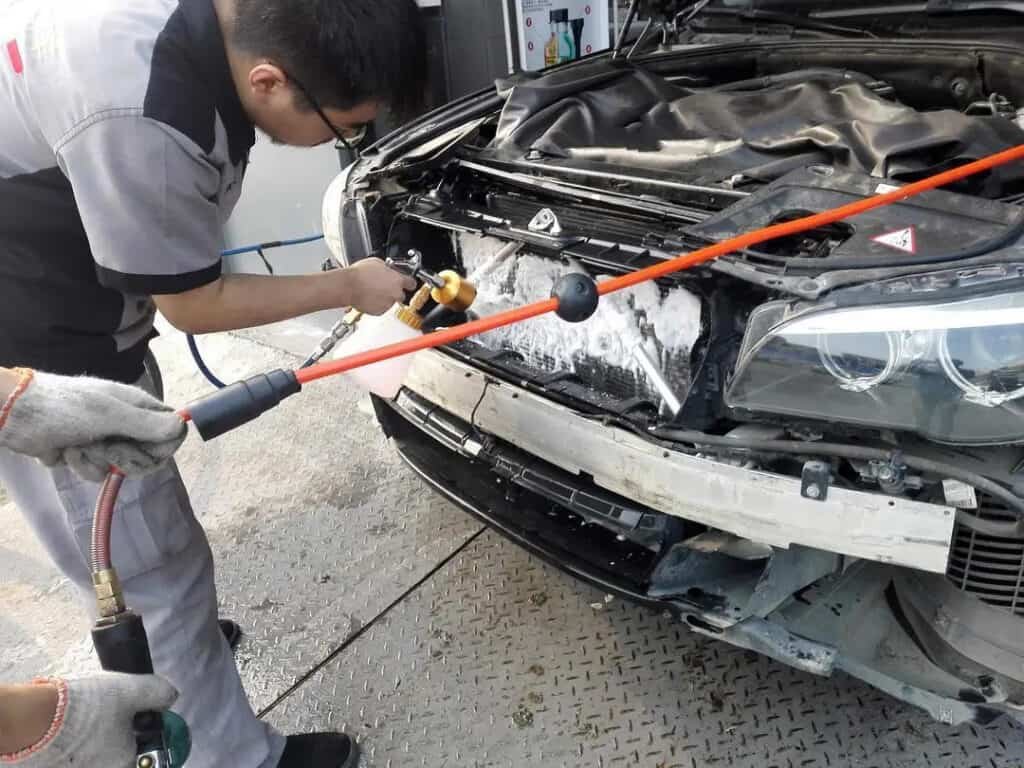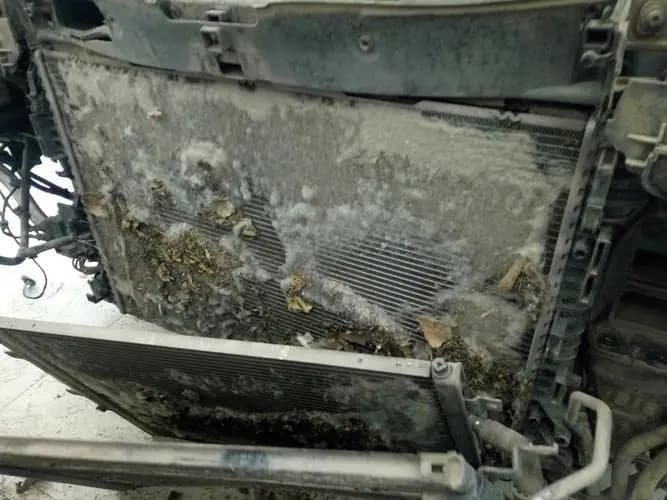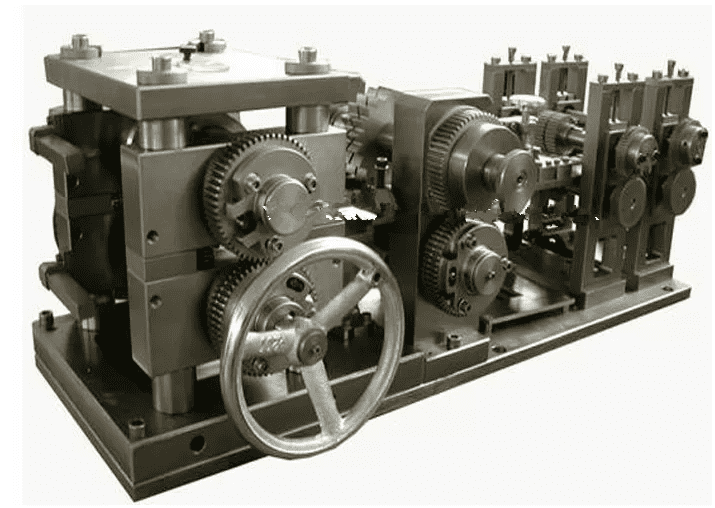A car’s radiator, a crucial component of the engine’s cooling system, ensures the engine operates at an optimal temperature. A well-maintained radiator can prevent severe engine issues, including total engine failure. This article delves into the intricacies of car radiator maintenance and repair, providing a comprehensive guide on how to keep your car’s radiator in its prime condition.

Understanding the Role of a Car Radiator
The rudimentary function of a car’s radiator is to maintain a safe operating temperature for the engine. As an engine operates, the moving parts generate significant friction, producing heat. The cooling system, with a car radiator at its core, helps manage this heat, ensuring the engine runs efficiently.
While the radiator doesn’t house any electronic components, it operates under the control of a thermostat near the engine. The thermostat gauges the engine’s current temperature, and when it begins to heat up excessively, it initiates the cooling cycle. The cooling cycle involves the circulation of a coolant through the engine and then back into the radiator, where it gets cooled before recirculating.
Understanding the radiator’s role in your car’s operation is the first step toward effective car radiator maintenance and repair, ensuring a smooth and uninterrupted driving experience.
Keeping an Eye on Coolant Levels
One key aspect of maintaining your car’s radiator in prime condition is regularly monitoring the coolant levels. The engine should always have an optimal coolant level before you hit the road. If the coolant levels drop too low, the liquid can overheat and boil over, causing damage to the radiator and the engine.
Regularly checking the coolant level and topping it off when necessary is a simple yet effective way of extending the life of your car’s radiator. It’s crucial to remember that the coolant should be a 50/50 mix of coolant and water. This mixture prevents the coolant from boiling at high temperatures and freezing at low temperatures.
Emphasizing Regular Radiator Flushes
Conducting regular radiator flushes is vital to car radiator maintenance and repair. This process involves removing the old coolant and eliminating any particle buildup within the radiator, which can clog the system if left unchecked. After the system is flushed, fresh coolant is added.
The frequency of radiator flushes varies depending on the type of vehicle and driving conditions. For instance, high-mileage drivers or those who frequently drive in harsh conditions may require additional flushes. Usually, the vehicle’s owner’s manual guides the recommended frequency of coolant flushes.
Promptly Addressing Possible Leaks
Another crucial aspect of car radiator maintenance and repair is promptly addressing any leaks in the cooling system. Leaks can occur from the radiator itself or one of its hoses. Even small leaks can quickly lead to more extensive and expensive problems if unchecked.
The Importance of Regular Radiator Checks
Regularly checking your car’s radiator can help identify potential problems early, saving you from unexpected breakdowns and unnecessary expenses. Regular checks can also ensure that the anti-freeze levels in the engine are maintained, thus preventing the water from increasing the engine’s coolant boiling point.
Using Quality Coolant for Your Radiator
The quality of the coolant you use for your radiator plays a significant role in its overall performance and longevity. Using the specific coolant recommended by your vehicle’s manufacturer or mechanic is imperative. Mixing different types of coolants can lead to complications within the cooling system.
Considering the Weight of Your Car
The car’s weight also plays a significant role in the performance of its radiator. The heavier the vehicle, the more complex the radiator has to work to cool it down. If you overload your car, you’ll likely put stress on the radiator, leading to faster wear and tear. It’s advisable to adhere to the manufacturer’s recommendations regarding load limits to minimize the strain on the radiator.
Inspecting and Maintaining Hoses
The radiator hoses are another crucial cooling system component that requires regular inspection and maintenance. If a radiator hose detaches due to a failing clamp, dehydration, or excessive pressure buildup, coolant will leak from the radiator, which could lead to the vehicle overheating rapidly. Routine under-the-hood inspections can help identify and address these issues before they escalate.
Regular Use of Engine Coolant
Regular use of engine coolant is another essential aspect of car radiator maintenance and repair. Engine coolant prevents the car’s cooling system from freezing and lowers its boiling point. It can also prevent the thermostat from sticking, enhancing the car radiator’s performance.
Purchasing from a Reputable Used Auto Parts Store
If you’re considering replacing your car’s radiator, purchasing from a reputable and professional used auto parts store is crucial. A reputable store can provide quality parts backed by warranties, ensuring you get value for your money.
Conclusion
Proper car radiator maintenance and repair can ensure your vehicle runs smoothly and lasts longer. By understanding the role of a car’s radiator and how to maintain it, you can prevent severe engine issues and enjoy a smooth, uninterrupted driving experience. Always consult a professional service provider for defects or damages to your car radiator, as this is not a DIY project. Proactive maintenance is the key to a healthy and efficient radiator.
In the long run, the benefits of regular maintenance and repair of your car’s radiator far outweigh the costs. Not only does it save you from expensive repairs, but it also enhances your vehicle’s performance and lifespan. So, prioritize car radiator maintenance and repair, and enjoy a smooth ride!












